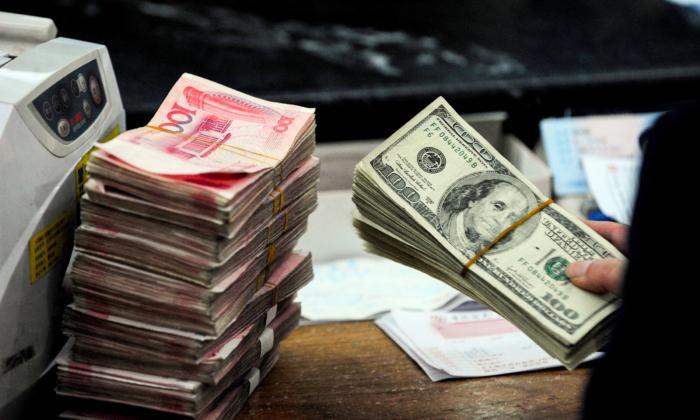U.S. finance has seen a powerful march to market. Initial public offerings (IPOs) of formerly private firms surged in 2021 and show signs of sustaining that trend into 2022.
Of course, each firm makes its own decisions about its unique circumstances and products, but the broad picture carries two clear—but seemingly contradictory—signals.
On one side, the overwhelming number of IPOs speaks to business optimism about economic activity and future profits.
On the other side, this IPO surge hints at a belief among management teams that stocks today are pricey enough to give listing companies more for their shares than an internal assessment might put their worth. Certainly, firms wouldn’t readily list if they thought the reverse were true.
It’s remarkable in many ways that after the economic harm caused by the COVID-19 lockdowns and quarantines, many IPOs have come to the market. More than 1,000 companies listed on public exchanges in 2021, more than twice the number that did so in 2020. Almost 400 of these new listings occurred through conventional IPOs. Those listings raised more than $153 billion in new equity capital, making 2021 the biggest year since 2000.
IPOs through special purpose acquisition companies (SPACS) numbered 613, more than twice the 248 counted in 2020, according to accounting done by SPAC Research. Though no authoritative data exist yet for 2022, an informal count among financial people reveals at least 100 companies that have either announced their intention to float a conventional IPO or have indicated an interest in doing so. There’s little sense of how many more SPAC IPOs are in the pipeline thus far.
There can be no mistaking that all of this activity is a positive judgement on the future. Management teams raise money in this way because they think the funds can be deployed well in a future profitable expansion. They certainly don’t raise capital on such a grand scale to let it sit idle, especially with inflation now eroding the real value of money at more than 7 percent per year. And with interest rates and bond yields as low as they still are, nor are management teams likely to raise equity capital to put it into accounts or store it in fixed-income investments.
Of course, each firm makes its own decisions about its particular products and in its own market niche. Any single firm’s IPO decision could say nothing about general business directions or prospects. But taken across all of this IPO activity, the outpouring suggests the kind of general confidence that brings real investment and drives the overall level of economic activity upward.
On a less positive note is the valuation question. If the listing decision reflects a long-term assessment of opportunities for deploying equity capital, the IPO’s timing can reflect an assessment of market valuations. If management teams determine that market prices are high—higher perhaps than fundamental assessments of the company’s value—they'll see an opportunity to raise more than they otherwise could and rush the IPO.
If enough companies make the same assessments, they'll crowd a year with IPOs, as they did in 2021 was and seem to be doing in 2022. It’s only a judgment, of course, but the 2022 outpouring does show an implicit vote by diverse management teams that stock market prices might have risen above levels that a more hard-headed assessment of reality could support.
Such valuation judgments may have missed some considerations. It could be that the relative valuations only apply to the listing companies and perhaps those in similar lines of business.
Perhaps those taking the view that market valuations are high have failed to consider certain macro considerations, such as the Federal Reserve’s reluctance to pull back quickly on monetary easing rapidly, despite the intense inflationary pressure facing the country. None of this means that a market correction is imminent. Nevertheless, it’s one more consideration for any investor in assessing whether the rally can continue unabated.
There are no assurances on which signal carries greater weight. There never are. What the IPO flood reveals is that a large and diverse group of presumably savvy businesspeople see a bright economic future and a market that might be pricing itself for something even brighter than the reality they see. It’s a view that investors need to consider and one to which the flood of IPOs has called attention.





